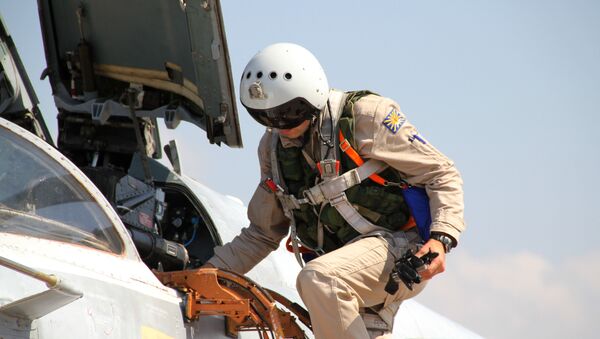"In 2016, the fund opened a laboratory, whose staff is working on a project aimed at the development of liquid breathing technology. The development of the technology is related to the issue of saving submarine crews from great depth. Apart from submariners, liquid breathing can also be used by pilots and cosmonauts, who work in the conditions of high and low pressure as well," the press service said.
The technology's main purpose is to facilitate and accelerate the rescue of people from deep underwater. As of now, the recovery of a person from a depth of several hundred meters (over 1,000 feet) can take days because of the danger that the person might get the so-called decompression sickness if he is brought to the surface too fast.
READ MORE: ‘This is Inexcusable:' 93 Percent of the World's Children Breathe Polluted Air
It happens because after the descent, people experience increasing ambient pressure on their bodies, which causes nitrogen — the primary component of air — to enter their blood vessels and dissolve in the blood. If a person then ascents too quickly, the ambient pressure falls too fast as well and causes dissolved nitrogen to come out of dissolution into bubbles, potentially leading to the decompression sickness, which could turn out to be lethal.
However, liquid breathing eliminates the risks of getting a decompression sickness altogether.


